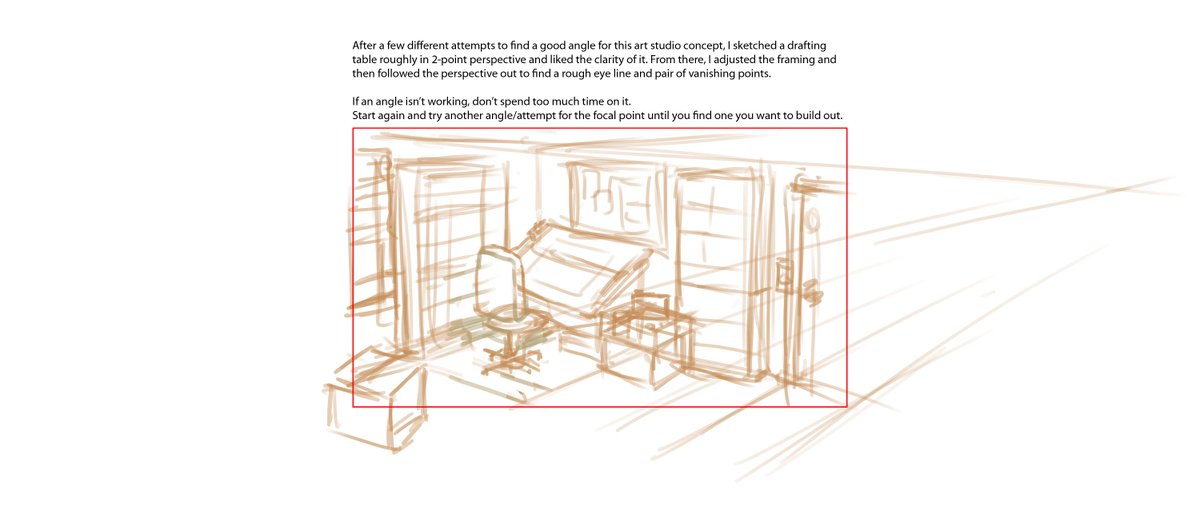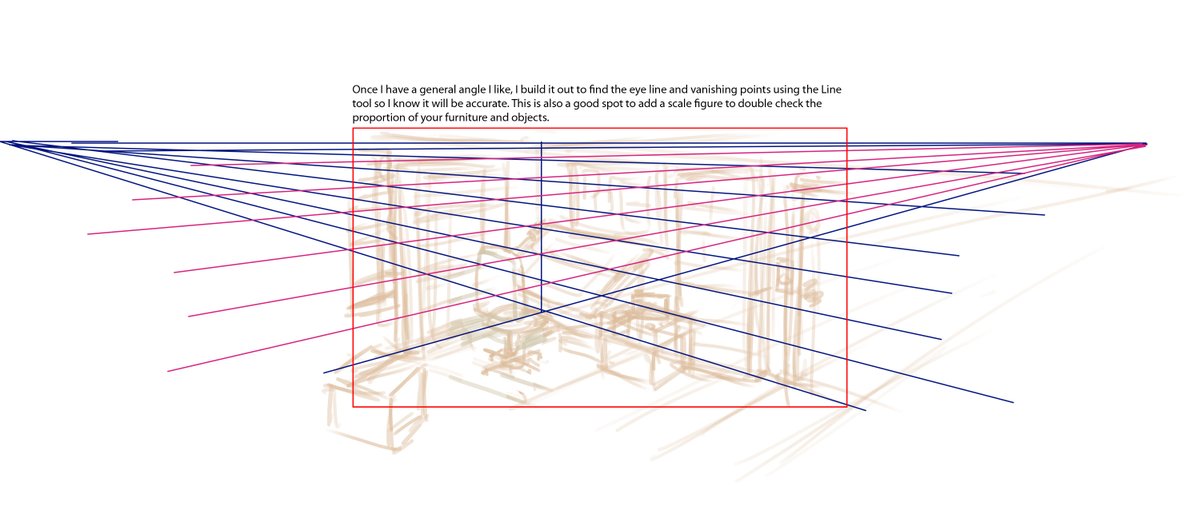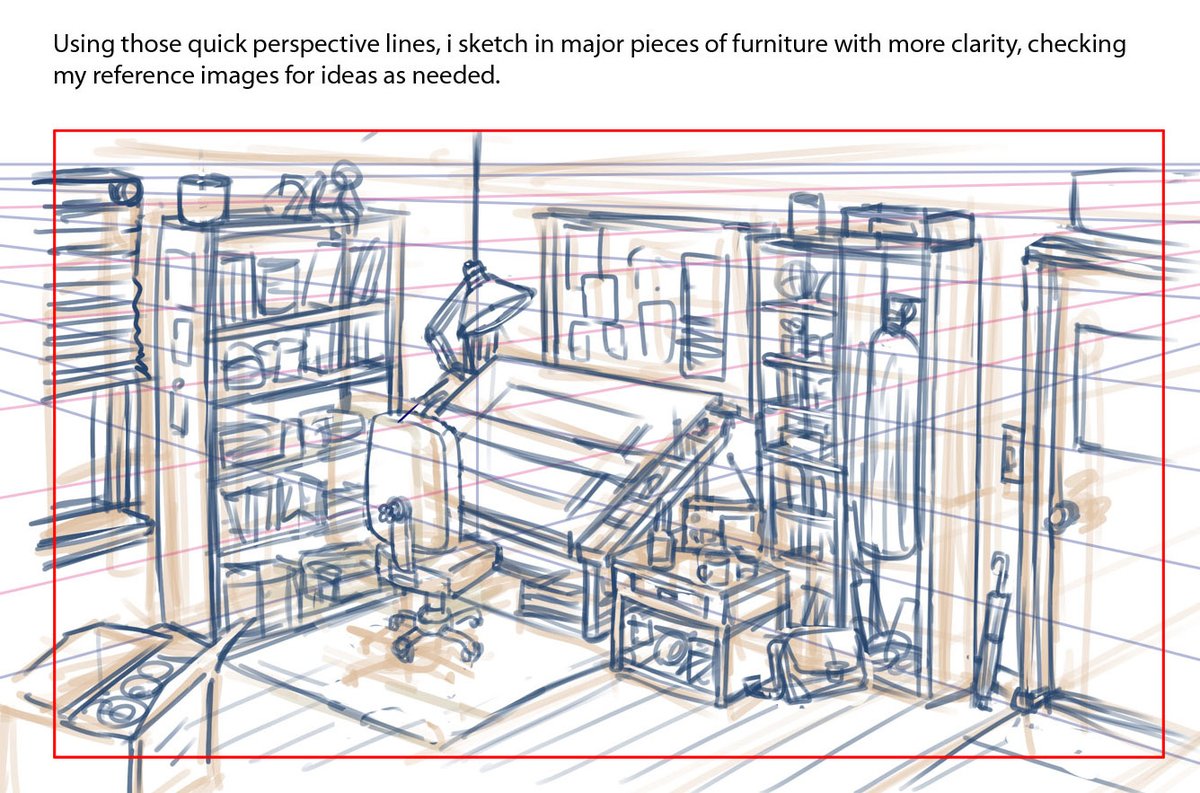Going to BBQ this afternoon, so I'm pulling together fresh potato salad this morning. So much better than pre-made and really easy.
- Boil a batch of potatoes for 20 min.
Waxy/harder potatoes like red ones work better than russets or others you'd use for baked/mashed potatoes.
- Boil a batch of potatoes for 20 min.
Waxy/harder potatoes like red ones work better than russets or others you'd use for baked/mashed potatoes.

- Include an egg or two with the potatoes and boil them at the same time, but take the eggs out after the first 10 min.
- Cut the potatoes into chunks to cool, adding a bit of salt, pepper and other spices to season them. If you have malt vinegar, a dash or three here is great.
- Cut the potatoes into chunks to cool, adding a bit of salt, pepper and other spices to season them. If you have malt vinegar, a dash or three here is great.

This is where you can customise the heck out of it to your taste-
How big the chunks are.
Whether you include the potato skins or not.
How much mayo you use.
All variable.
For me egg, cucumber, and dill is a must. You can add red onion, pickles, even cubed up cheddar cheese.


How big the chunks are.
Whether you include the potato skins or not.
How much mayo you use.
All variable.
For me egg, cucumber, and dill is a must. You can add red onion, pickles, even cubed up cheddar cheese.



Salt, pepper, mustard with peppercorns, garlic powder, relish, sometimes a touch of cayenne. Again, all of it will vary with your taste.
Mix with mayonnaise, shape to fit your container and top with a light sprinkling of paprika (using a fine strainer to spread it out evenly).

Mix with mayonnaise, shape to fit your container and top with a light sprinkling of paprika (using a fine strainer to spread it out evenly).


Give the potato salad at least 3-4 hours in the fridge for the taste to really come together. Making it the day before works great.
It's so easy, super customizable and tastes great. No more watery/bland stuff from the grocery store.

It's so easy, super customizable and tastes great. No more watery/bland stuff from the grocery store.


• • •
Missing some Tweet in this thread? You can try to
force a refresh
























